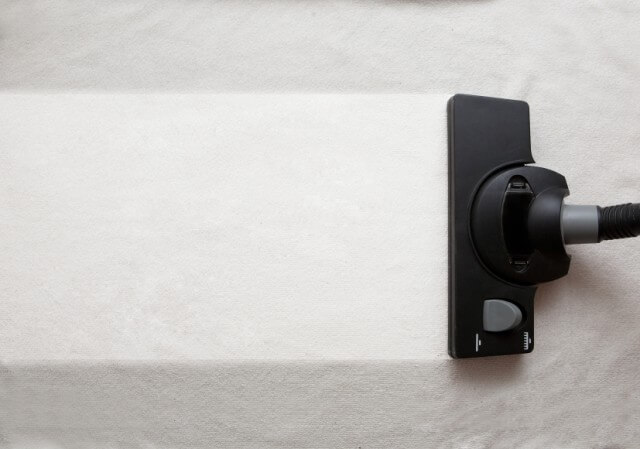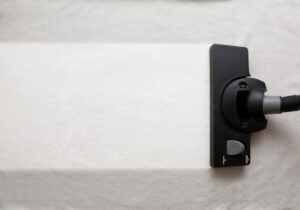
It has been revealed that fair wear and tear is the most misinterpreted area of the whole renting process.
The Association of Independent Inventory Clerks (AIIC) believes that landlords and letting agents have unrealistic expectations about possible deductions from tenancy deposits.
Data from the Tenancy Deposit Scheme shows that 56% of all disputes included cleaning issues, followed by damage at 43%, redecoration at 30%, rent arrears at 17% and gardening issues were involved in 13% of disputes.
Of all disagreements over deposits, 55% of tenants thought that the deductions were unfair. Of these, just 21% got their full deposit back. When landlords and agents disagreed, only 19% collected the amount in dispute.
But what can you deduct for fairly?
Redecoration
In some cases, landlords or their agents demand that the property is repainted from top to bottom because there are a few marks on the wall. However, this constitutes fair wear and tear and is normal for someone living in the home.
If you don’t want to find pinholes in the walls or excessive damage, it is important to state this in the tenancy agreement, so that the tenant knows fair wear and tear will not cover them if they leave these marks.
Tenant responsibility
While the tenant may want to feel like the property is their home, it is therefore their responsibility to treat is like their home. They have a duty to return the property at the end of the tenancy in the same condition they moved into it in, with allowance for fair wear and tear.
They must follow the inventory and ensure that each room includes every item recorded and know that any major damage does not fall into fair wear and tear.
New-for-old
The law does not allow landlords or agents to better any items that suffer ordinary wear and tear. This means that if an item is old at check-in and experiences slight damage throughout the tenancy, the landlord cannot replace it with something brand new and charge the tenant.
Instead, tenants can give something towards a future replacement.
Equally, if a carpet is dirty when the tenant moves in, they are not responsible for having it professionally cleaned when they move out.
Have you had any issues with fair wear and tear?





